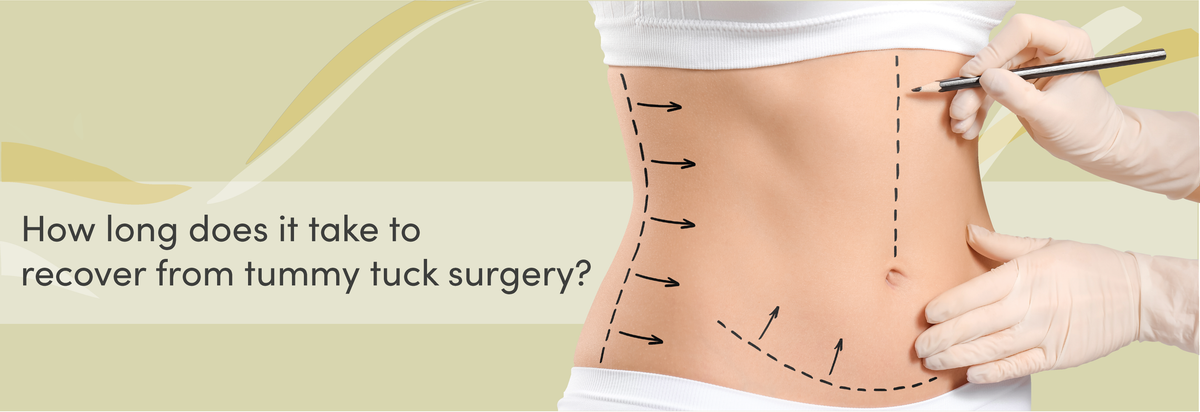The truth behind facelift myths
The number of cosmetic procedures treating signs of ageing has increased exponentially in recent years, and so have the myths around facelift surgery.
If you're thinking about a facelift, this article sheds light on some of the most common misperceptions circulating around this procedure.
Myth #1: Non-surgical methods can achieve the same results as a surgical procedure
The non-surgical options to treat the ageing face have revolutionized the cosmetic industry. However, while injectable fillers and hyaluronic acid products can restore lost volume in particular areas like the lips and cheeks, they can't replace surgical procedures. Also, results from non-invasive methods are only temporary and might not provide enough correction for many patients.

Myth #2: Facelifts are only for women
Men also experience signs of ageing, such as sagging skin, wrinkles, and a double chin. Although it's impossible to turn back the clock, facelift surgery can target the ageing face while restoring lost volume and achieving a more masculine jawline.
The demand for male facelift surgery has increased by 19% since 2000, signalling a change against the misconception that facelifts are only for women. Cosmetic restorative surgeries like the facelift can improve men's confidence and social well-being by addressing their area of concern.

Myth #3: Recovery is long and painful
You might be surprised to know that with the correct aftercare, most patients find themselves back to normal after just two weeks.
Facelifts are typically performed using general anaesthesia and most patients can go home the same day unless their surgeon advises otherwise. Although bruising, swelling, and pain are expected after facelift surgery, side effects typically go away after 10 to 14 days.
Compression garments can accelerate your healing journey by minimizing bruising and reducing swelling. For facelift surgery, the facelift wrap with cold packs is ideal for providing support while promoting healing. Your plastic surgeon will give you instructions on what kind of garment suits your specific procedure.
Read here why compression is important during recovery.
Myth #4: You have to be older to get a facelift
Genetics, skin care habits, lifestyle factors, and exposure to the sun are all factors that affect the normal ageing process. This means that we all age at a different pace; therefore, the ideal age for facelift surgery is different for everyone.
According to ASPS, the average facelift patient is between 40 and 54 years old. However, facelift surgery is growing in popularity among younger patients who seek out targeted treatment options to rejuvenate specific areas of the face. If you are thinking about a facelift, it's essential to ask yourself and your doctor a few important questions first.

Myth #5: Facelifts leave no scars
The truth is all surgical procedures involve incisions to separate the skin from deep facial muscles and fat. In most patients, the scar starts at the sideburn and follows the contour of the ear, extending along the front of the ear and continuing under the earlobe and behind the ear into the hairline.
As scars continue to heal over time, they become less and less noticeable. Your surgeon might also recommend gently massaging all surgical incisions in the early post-op period to accelerate the healing process. At the same time, skin care products can also help your skin heal faster, making incisions inconspicuous.

Myth #6: Facelifts look unnatural
The misperception that a facelift looks unnatural or fake often puts off many people considering facelift surgery. However, with the advances in plastic surgery techniques, a facelift is nowadays hardly noticeable. In fact, there is a high chance that people you meet and socialize with every day have had a facelift surgery to address sagging skin, wrinkles, or other ageing concerns.
By using minimally invasive techniques and hiding incisions in the hairline or crests, surgeons achieve a rejuvenated, younger look which still looks natural. To achieve best results, make sure to discuss your areas of concern and ideal outcome with your plastic surgeon.
Myth #7: All facelifts are the same
Every person has different characteristics, facial anatomy, and ageing patterns. To address your needs and expectations, your surgeon will create a personalized plan that targets your particular areas of concern.
Depending on your age and health, you and your surgeon will decide on a type of facelift surgery best suited to your expectations. Here are the most common types of facelift surgery:
Mini facelift: A mini facelift is a less-invasive procedure for people with mild sagging skin around the face and neck.
Mid-facelift: The mid-facelift targets the midsection of the face, from the upper mouth to the eye area.
Full facelift: A full facelift, often referred to as a traditional facelift, addresses ageing concerns to revamp the patients' appearance holistically.
Read more about the different types of facelift surgery here.

Myth #8: Results are permanent
Although facelifts can rejuvenate the face, they can't stop the ageing process completely. The results of a facelift typically last approximately 10 years but the longevity of the results depends on a number of factors such as post-op aftercare, lifestyle choices, nutrition, sun exposure, and weight changes.Takeaway
Facelifts are becoming increasingly popular among both men and women, with high success rates. If you're thinking about a facelift or have questions about the best treatment to revamp your appearance, be sure to consult a board-certified plastic surgeon.
Reference list
Plasticsurgery.org. 2022.
American Society of Plastic Surgeons. 2022
Plasticsurgery.org. 2022
Leave a comment
Comments will be approved before showing up.
Also in Blog

How to Maintain Results After a Tummy Tuck
Many of us dream of a flatter midsection, especially after pregnancy, rapid weight loss, or constant weight fluctuations. However, for many people, it’s almost impossible to achieve that with exercise and diet alone.
A tummy tuck provides a safe and efficient way to address these issues and restore your midsection’s flat and firm appearance. Taking care of your body and keeping a healthy diet and exercise regime ensures that your tummy tuck results last for a lifetime.
If you’re thinking of having a tummy tuck surgery, keep reading below for our tips on how to maintain long-lasting results after surgery.





